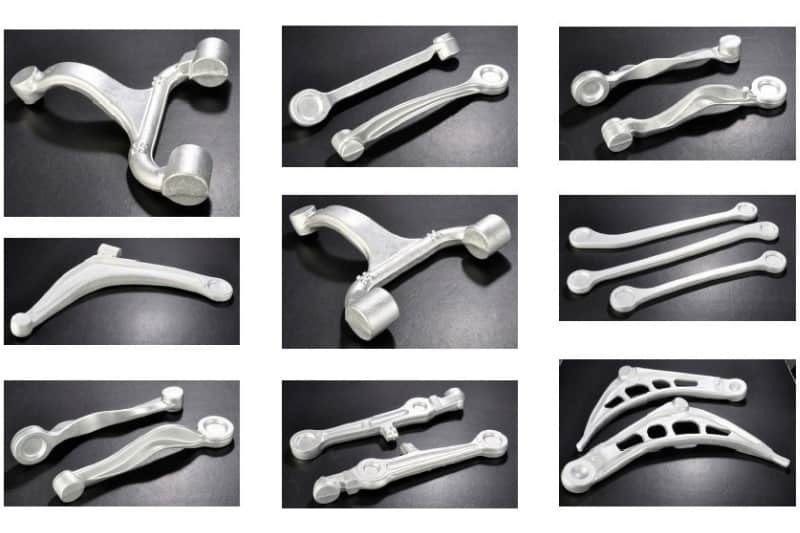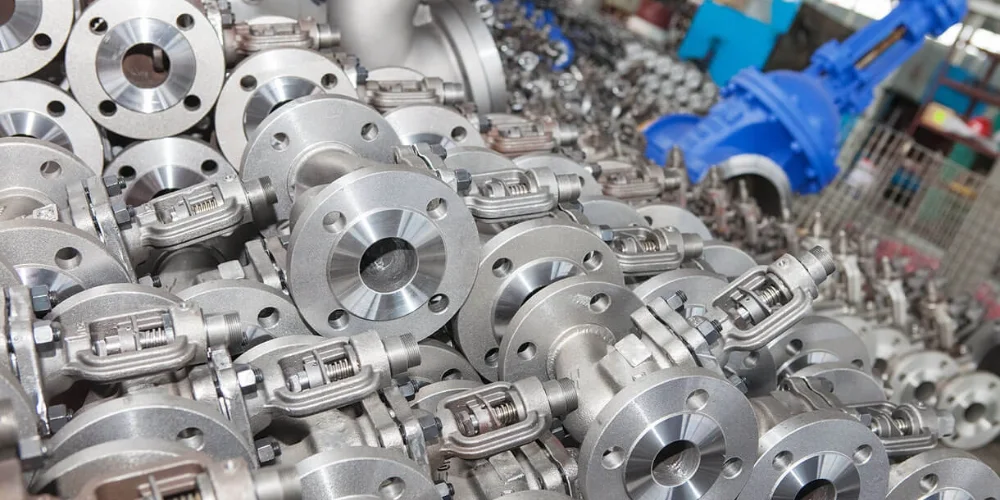Self Closing Hinges
Self-closing hinges, also known as automatic hinges, may often go unnoticed, but they play a crucial role in making our lives more convenient and safe. From the doors in your home to heavy gates in commercial spaces, these hinges are indispensable. In this article, we will dive deep into the world of self-closing hinges and discover how they work, where they are used, and the benefits they offer.

[toc]
What are Self Closing Hinges
Self-closing hinges are a type of hinge designed to close a door or gate automatically after it has been opened. They use various mechanisms to achieve this, such as hydraulic, spring-loaded, or gravity-based systems. These hinges are versatile and can be used in a wide range of applications.
Features of Self Closing Hinges
- Safety: Self-closing hinges contribute to safety by preventing doors or gates from being left open accidentally. This is especially important in homes with children and busy commercial environments.
- Convenience: These hinges add a touch of convenience to your daily life. You don’t have to worry about manually closing doors or gates behind you.
- Energy Efficiency: In homes, self-closing hinges can help maintain consistent temperatures by ensuring doors are always closed, thus saving on heating and cooling costs.
- Security: Security is a top priority in commercial settings. Self-closing hinges help maintain the integrity of barriers and gates, enhancing overall security.
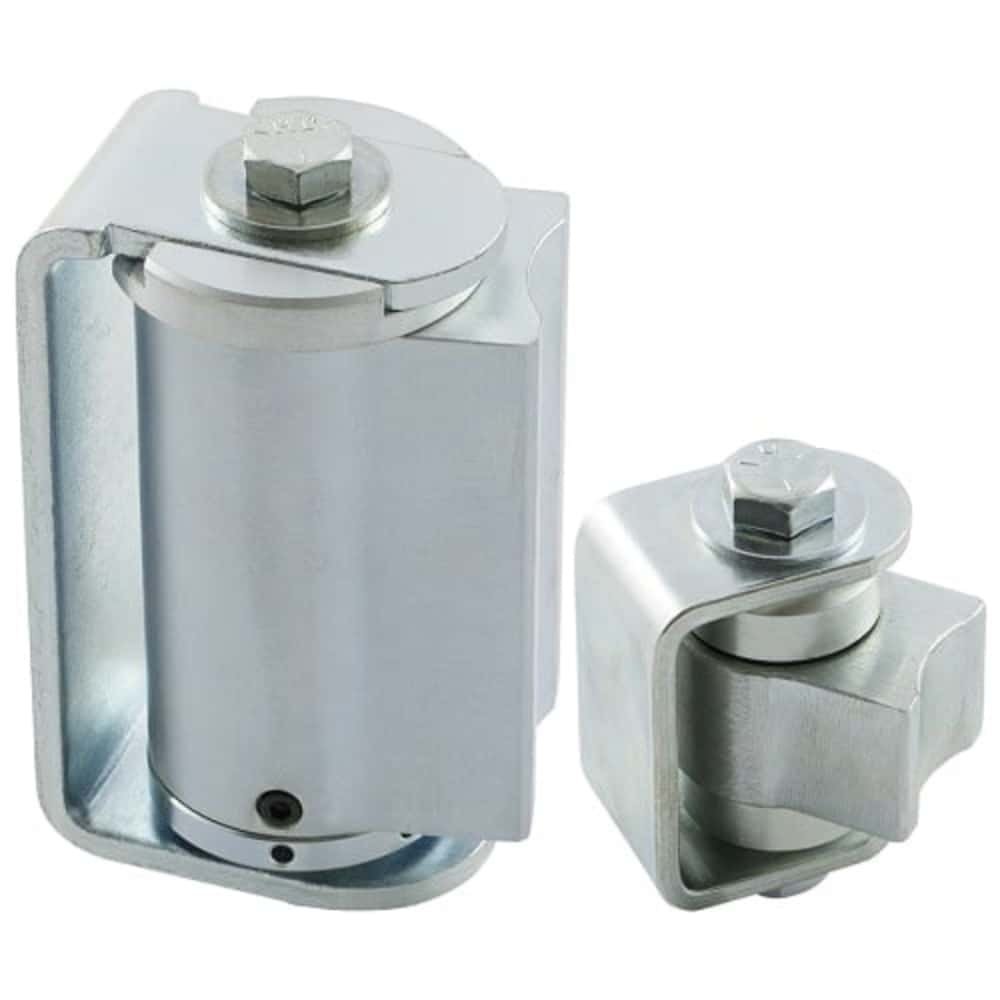
The Working Principle of Self Closing Hinges
Hydraulic Self Closing Hinges:
Hydraulic self-closing hinges use fluid-filled chambers to control the closing speed of a door. They are commonly used in commercial settings where controlled closure is necessary.
Spring-Loaded Self Closing Hinges:
Spring-loaded self-closing hinges utilize a spring mechanism to create tension, ensuring the door closes automatically. These are often seen in residential doors.
Gravity-Based Self Closing Hinges:
Gravity-based hinges rely on the force of gravity to close the door or gate. They are simple and efficient, commonly used in garden gates.
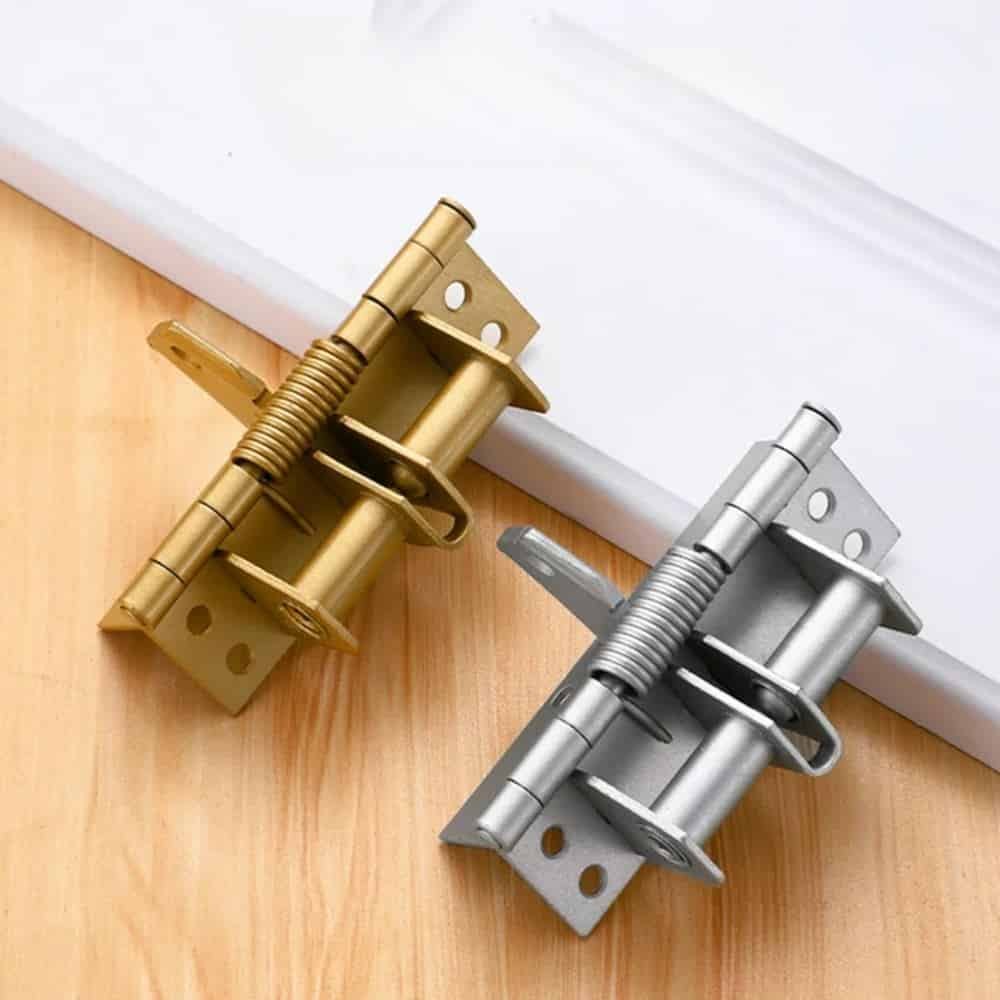
Types of Self Closing Hinges
Self-closing hinges come in various types, each with specific features and applications. Here’s a summary of the different self-closing hinge types:
- Spring-Loaded Self Closing Hinges
- Hydraulic Self Closing Hinges
- Gravity-Based Self Closing Hinges
- Concealed Self Closing Hinges
- Adjustable Self Closing Hinges
These hinge types cater to diverse needs, from residential and interior doors to commercial and industrial settings, providing options for aesthetics, control, and durability.
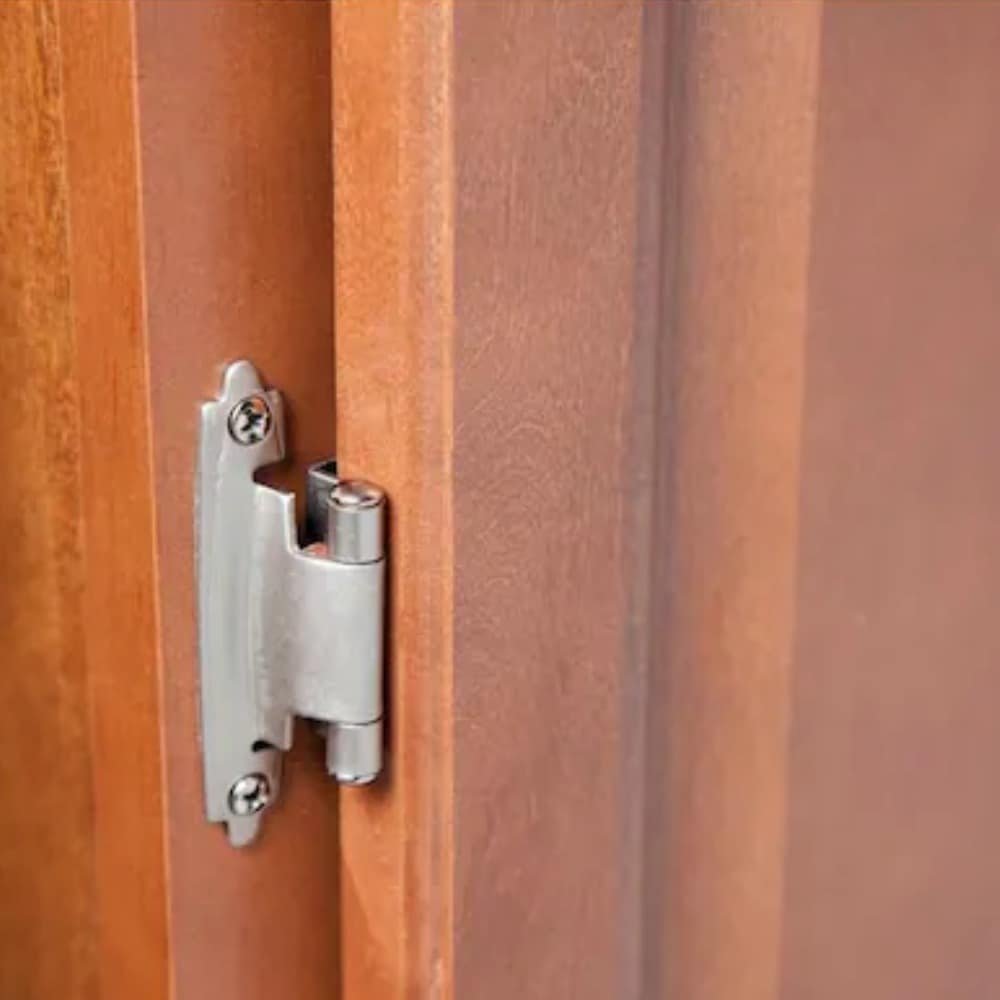
Applications of Self Closing Hinges
The applications of self-closing hinges are as follows:
- Door Products: Used in doors, windows, and cabinets to automatically close them after opening, enhancing security and sound insulation.
- Furniture: Found in drawers, cabinets, and cupboards to ensure automatic closing after use, maintaining a neat appearance.
- Commercial and Industrial Use: Control the entry and exit of doors in commercial and industrial settings like stores, warehouses, and factories, improving security, managing traffic flow, and maintaining temperature control.
- Medical Equipment: Widely used in medical equipment to ensure automatic closing of doors or covers, meeting hygiene and safety requirements.
- Vehicle Applications: Used for vehicle doors in automobiles, trucks, and public transportation to enhance safety and prevent accidental opening while in motion.
In summary, self-closing hinges have various applications in different fields, providing convenient, secure, and efficient door control solutions.
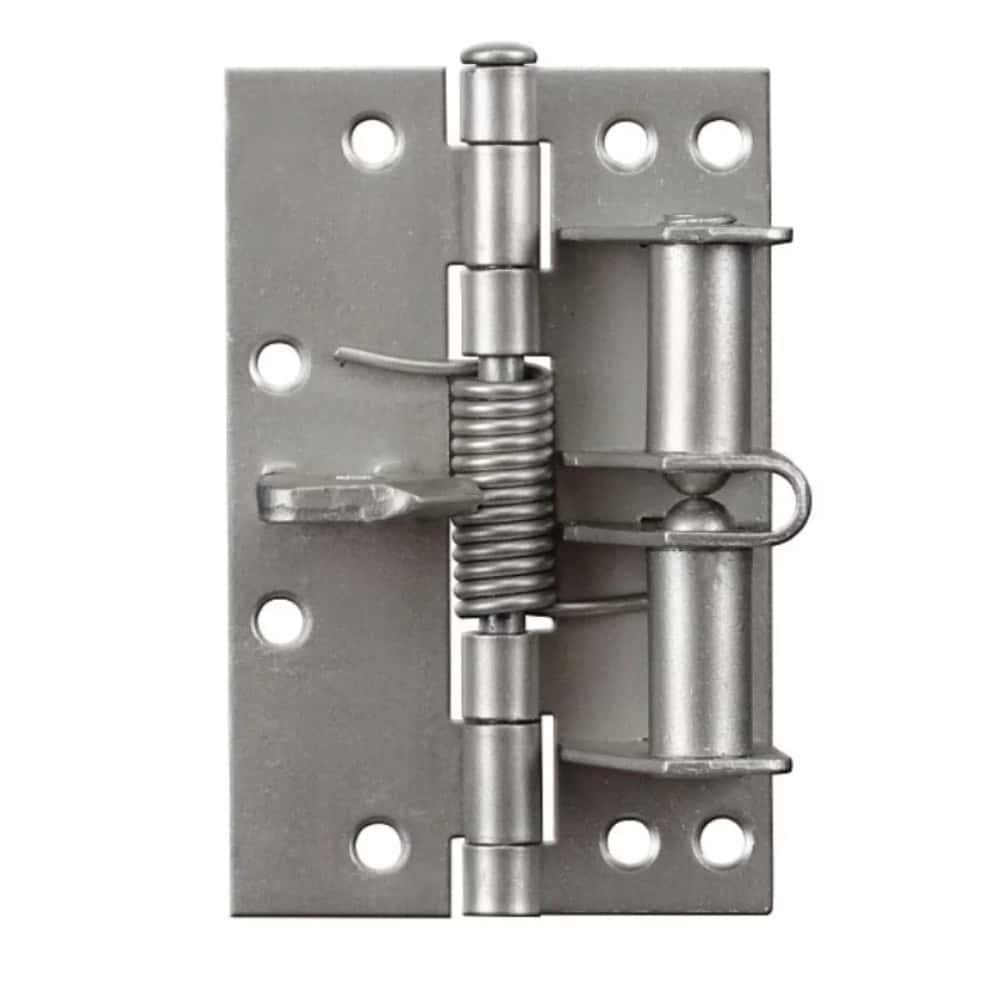
Materials and Finishes for Self Closing Hinges
Materials and finishes for self-closing hinges can vary depending on the application and desired aesthetics. Here are some common options:
Materials:
- Steel: Strong and durable, suitable for heavy-duty doors and gates.
- Stainless Steel: Corrosion-resistant, ideal for outdoor and marine applications.
- Brass: Attractive and traditional, commonly used in decorative applications.
- Zinc: Cost-effective with good corrosion resistance, used in various applications.
- Aluminum: Lightweight and corrosion-resistant, suitable for lightweight doors and cabinets.
Finishes:
- Polished: Shiny and reflective, adds an elegant and modern look.
- Satin: Brushed appearance, reduces glare and fingerprints.
- Antique: Weathered or aged look, suitable for traditional designs.
- Powder Coating: Durable and customizable, comes in various colors.
- Anodized: Provides increased corrosion resistance for aluminum hinges.
- Black: Sleek and modern, popular for modern furniture and interior doors.
- Painted: Customizable to match specific color requirements, often used for residential hinges.
Consider factors such as the application environment, load-bearing requirements, aesthetics, and durability when choosing materials and finishes for self-closing hinges.
Installation and Maintenance of Self Closing Hinges
Proper installation and maintenance of self-closing hinges are essential for their functionality and longevity. Here are guidelines for installation and maintenance:
Installation Tips:
- Gather Tools: Get the necessary tools and hardware.
- Prepare Door and Frame: Align and repair the door and frame.
- Determine Hinge Placement: Mark the hinge location on the door and frame.
- Install Hinges: Attach the hinges securely.
- Adjust Tension: Set the desired closing force.
- Test Functionality: Open and close the door to check the self-closing mechanism.
To properly maintain self-closing hinges, it is important to conduct regular cleaning and lubrication of the hinge pivot points while also checking for and tightening any loose screws. Inspect the hinges for signs of wear, damage, or corrosion, and make adjustments to the tension screws as needed to maintain the desired closing speed. Replace any worn or damaged components and always adhere to the manufacturer’s instructions for specific maintenance guidelines. These measures ensure the hinges continue to function effectively, prolonging their longevity and maintaining door functionality.

How to Customize Self Closing Hinges
To customize self-closing hinges, follow these steps: Define your requirements, research and contact reputable manufacturers, request quotes and samples, collaborate with their design and engineering teams, approve the design, place an order, maintain communication, ensure quality assurance, receive, install, provide feedback, and follow up. This process allows you to tailor self-closing hinges to your specific needs for material, size, load-bearing capacity, finish, and application.

Conclusion
Self-closing hinges are small, yet mighty components that improve our daily lives in numerous ways. From enhancing safety to providing convenience, they are integral to both residential and commercial spaces. By understanding how they work and their applications, you can make informed decisions when incorporating them into your life.



